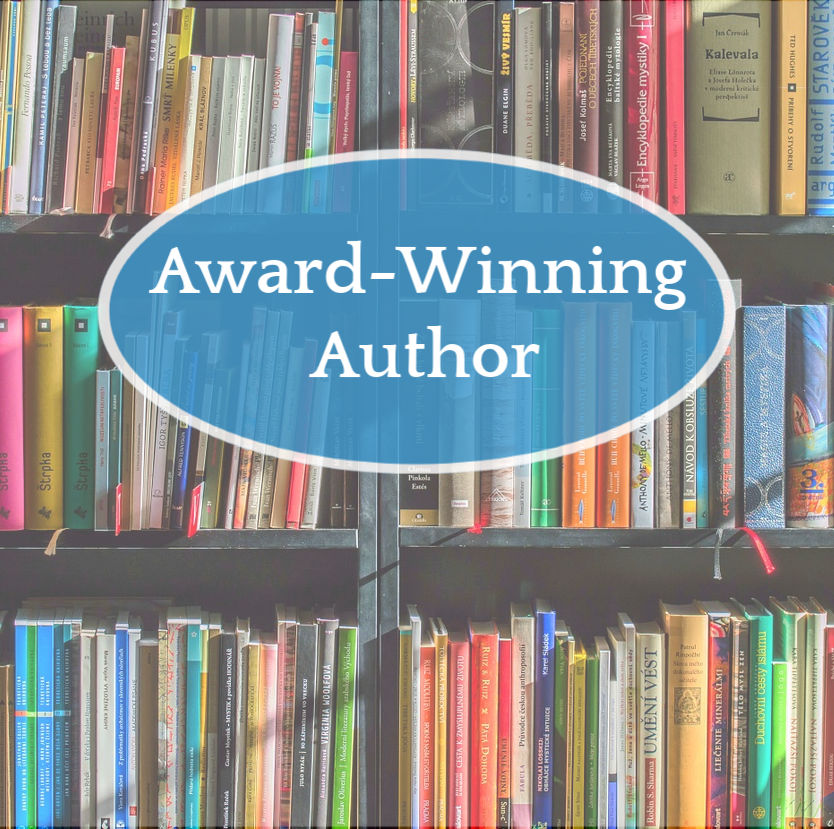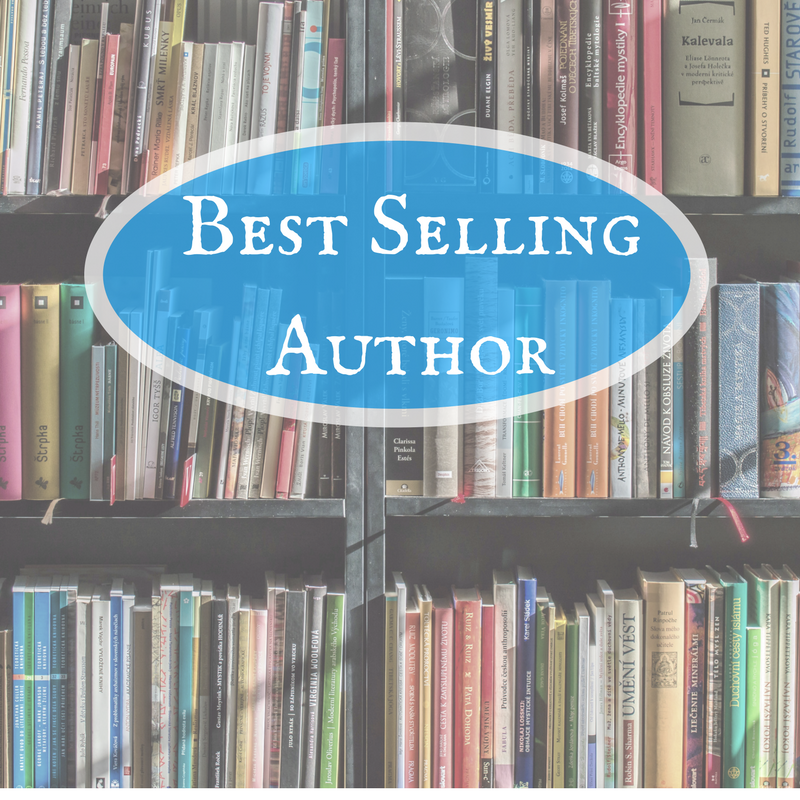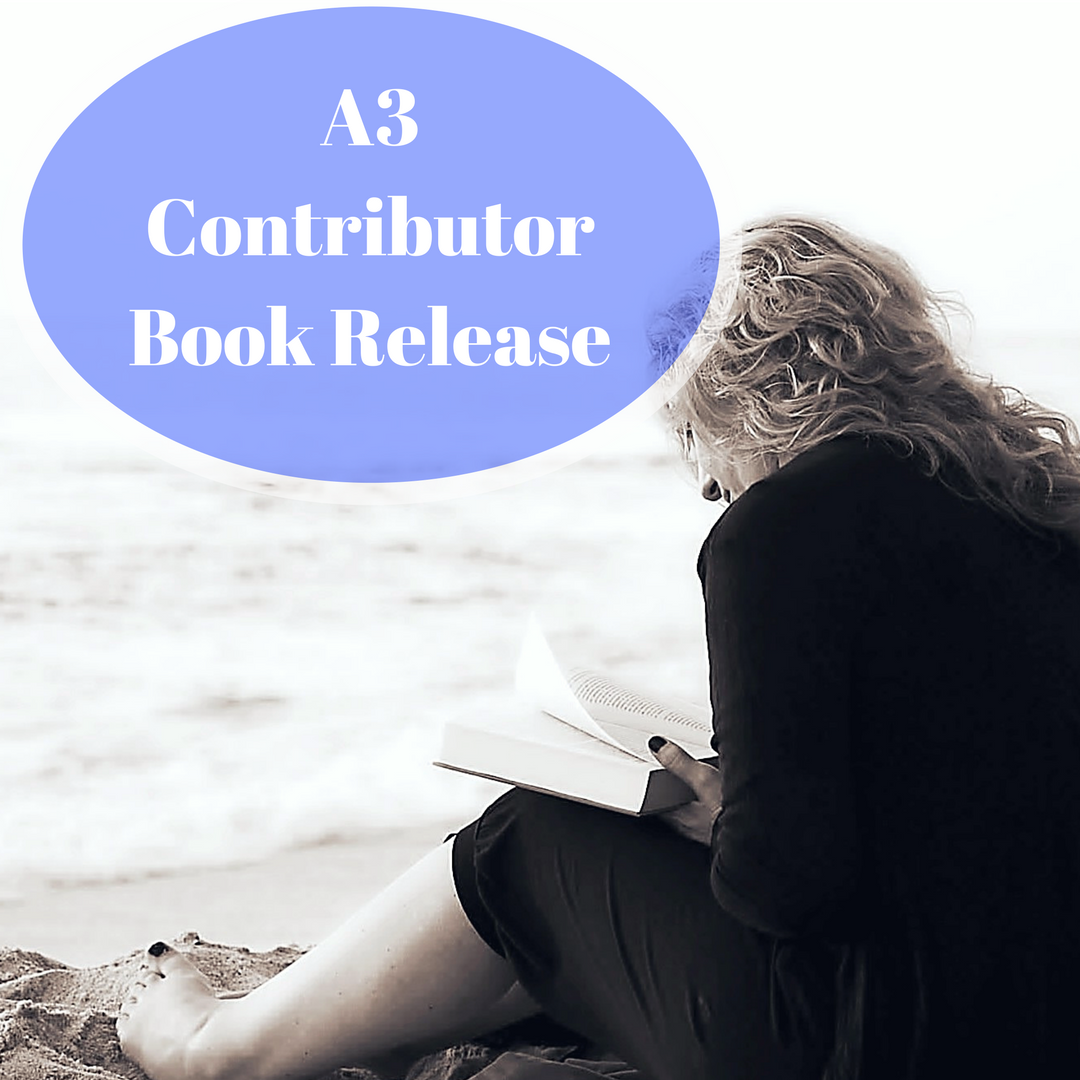
Interview with Award-Winning Author Lisa E. Betz
Can you share a little about your recent book? My newest award-winning mystery is Fountains and Secrets. Here’s the…
October 1, 2022
Can you share a little about your recent book? My newest award-winning mystery is Fountains and Secrets. Here’s the…
October 1, 2022Writers Chat, hosted by Jean Wise, Johnnie Alexander, Brandy Brow, and Melissa Stroh, is the show where we talk…
September 30, 2022
How do you know if you’ve written a young adult novel or an adult coming of age? What about…
September 27, 2022
If there’s Figgy pudding, it must be Christmas! Just ask Tiny Tim, the endearing child in Charles Dickens’ 1843…
December 20, 2021
While experiencing a major event in life, have you ever stopped and thought about the fact that, at that…
October 20, 2021
Consider this scene: “Another final notice.” She glared at her husband, slapped the paper bill with the back of…
August 24, 2021
When doing research for a historical novel, you may find an unexpected nugget that could add some extra excitement,…
July 20, 2021
Smell the churros? That cinnamon doughnutty aroma that draws you to the vendor’s stand? Or maybe your eyes are…
May 20, 2021
I once asked New York Times bestselling author Melanie Benjamin her top tip for writing historical fiction. She gave…
May 16, 2021
Can you share a little about your recent book? Sure! The Heart Changer is a middle-grade historical fiction that…
May 1, 2021
A health guru… Stale wheat… A tight budget… This hodgepodge of events would lead to the creation of a…
February 20, 2021
Betsy St. Amant, the author of more than fifteen inspirational romances, shares the inspiration behind her latest novel, The Key…
November 26, 2020
Can you share a little about your recent book? (Releasing in September 2020) Like most of my historical novels,…
August 1, 2020
When we think of “historical”, we think the story is set in a historical time period, and many of…
July 20, 2020
Patricia Bradley, an award-winning author who writes page-turning suspense, was my first Novelists Unwind guest…way back in August 2017!…
June 26, 2020
Using inanimate objects as characters can add a powerful, interesting element to your story. I cried when Wilson, a…
March 20, 2020
Comics Book #1 landed on newsstands in June 1938, and from its pages Superman soared into the lives of…
February 20, 2020
New from Authorpreneur columnist JP Robinson! In the Midst of the Flames is the second book in the epic Northshire Heritage…
January 31, 2020
Think cranberries! From there, it’s not a long stretch to thoughts of Thanksgiving. And for a writer, creative juices…
November 20, 2019
Can you share a little about your recent book? Burdened by his past, fighter pilot Lt. Adler Paxton battles…
November 1, 2019
As a writer, I like to continue writing flash fiction or short stories while working on a novel. My…
October 20, 2019
The popularity of this literary device dropped off prior to the turn of the nineteenth century, but its recent…
September 20, 2019
The youngster thought it her privilege to pick the name for her soon-to-be-born sibling. She gleefully and toothlessly spit…
August 20, 2019
As an historical romance author, I love history. I love learning about different historical time periods and the events…
July 20, 2019
Can you share a little about your recent book? The idea for The Songbird and the Spy came to…
July 1, 2019